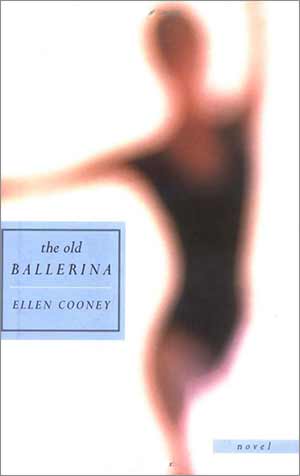The Old Ballerina
Coffee House Press, 1999
My book tour for The Old Ballerina included a Manhattan Barnes and Noble where, after my reading, four elderly, elegant women approached the signing table, not with books, but to talk to me. They’d already read the book, I would learn.
I knew right away they were dancers and I nearly went into a panic. Here I was, author of a book about dancers and ballet, and I had never even been in studio. I am musically tone-deaf. I am not a graceful mover. I only have rhythm for words, phrases, prose. My experience of seeing staged ballets was minimal–although my reading background was immense, including years in my youth at my town’s library, absorbing dance reviews in The New Yorker. Also I’d seen many videos and I’d been more or less obsessed for a while with George Balanchine.
But, I was only a novelist. Was I about to be found out by these four dancers? (They need to be called dancers, even though their professional years were long over, because it’s not something you stop being.) Was I going to be scoffed at for mistakes, for being a fraud?
And one of the women said, “We’d like to know, who did you study with, and where have you danced?”
Of the quite a few very good moments in my life so far as a writer, this is still number one.
Mrs. Kamsky, near-elderly, dealing with body damage and pain, teaching ballet in the studio in the little house where she lives alone, will always be a character I feel lucky to even know. Her pupils are not exactly conventional, and they’re mostly teenage boys from the public high school: kids who are making the amazing discovery of what it means to know about art, and to do it. The work of it. The inside of it. The spirit of it.
Praise & Reviews
Who says all ballerinas must be beautiful and young? In her third novel, Cooney (All the Way Home) tells a story about dance and its restorative powers. Irene Kamsky is an elderly former ballerina suffering from orthopedic problems who earns her living teaching ballet. When her beloved protege leaves her, a heartbroken Kamsky starts up a class for teenaged boys (some of whom are real troublemakers). As the boys learn to love ballet, Kamsky’s passion for art and creativity is rekindled. Related by multiple narrators whose lives Kamsky has touched, this story showcases the author’s talent for telling compelling tales and creating flawed but lovable characters. Feisty, eccentric, and independent, Kamsky is an inspiring protagonist.
—Library Journal

